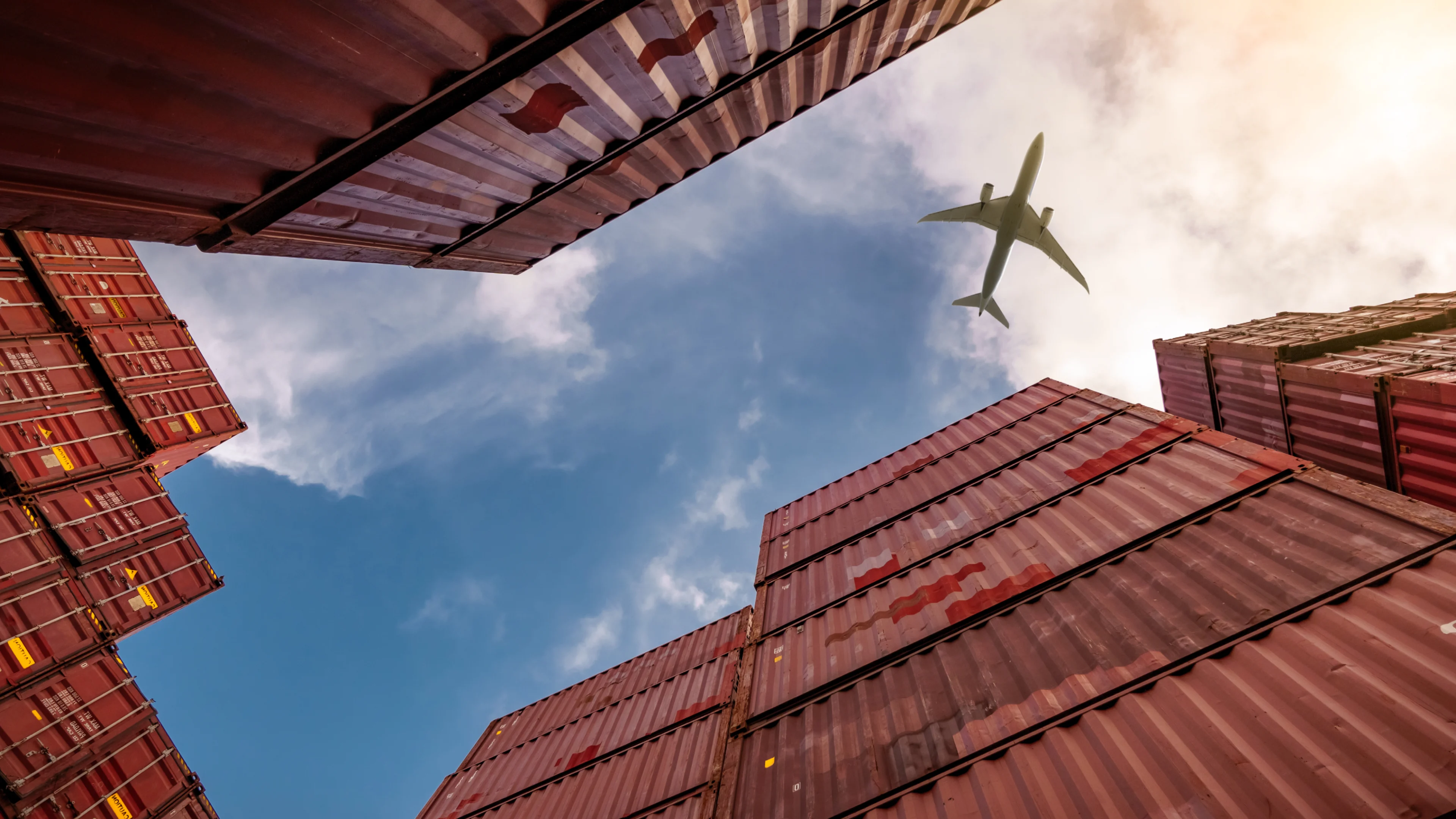Realizing the potential of real-time visibility in logistics
Hristo Petkov, VP Partnerships at Controlant, gives the lowdown on real-time visibility in logistics, from today’s possibilities to tomorrow’s aspirations.

Some logistics service providers and their customers are already benefiting from the advent of real-time visibility in logistics. However, even for these early adapters, the untapped potential of this capability is significant. Despite advances in logistics solutions, moving products from origin to destination still entails a lot of manual work. Moreover, products on this journey are often flying under the radar – literally – with no way for relevant parties to know where their product is or when it will arrive. This lack of visibility can have major consequences, particularly for pharmaceutical and other temperature-sensitive products, and inhibits opportunities to make improvements to any processes, modes of transport, packaging etc. along the way.

Integration enables visibility
Shippers, logistics companies, and carriers recognize that real-time tracking solutions offer better cargo tracking, monitoring, and remote connectivity. Real-time visibility depends on an integrated solution that considers the specific product needs, type of transport, and the many service providers involved. Although the shipper and logistics company may have their own tracking solutions, they need to work together to achieve full visibility.
Limited integration of tracking solutions hinders real-time visibility. Finding a product or shipment at any given moment is usually done through a platform that pinpoints a location on a map. This means you can see that your product or shipment is at the right warehouse, airport, or seaport, for example, but it may not be able to tell you that it’s not on the correct truck, plane, or ship. Real-time visibility must be connected to certain milestones to ensure the logistics company has the right information. The perfect solution would combine milestone data with (near) real-time data, offering the ideal visibility ecosystem.
Data-driven decision-making
With visibility comes the opportunity to collect, consolidate and interpret data in order to evaluate the best routes, optimize inefficiencies, and maximize ROI. With real-time visibility comes the opportunity to make data-driven decisions based on those insights much more quickly, even in time to respond and intervene rather than just make improvements retrospectively to improve the outcome next time around. Currently, in-transit data is often gathered post-shipment when it has lost a lot of its purpose and value. By building data repositories, companies can interpret the consolidated data to create and optimize automation, machine learning, dashboards, and other value-adding features that drive business outcomes.
Collaboration is key
Understandably, companies tend to be protective of data that may expose strategic advantages to others. Valuable business insights can be drawn from data generated across multiple asset owners, including logistics companies, solution providers, third-party control towers, packaging companies, warehouses, and wholesale distributors. With these insights, companies stand to increase the value of their services to customers, which in turn drives profitability. However, to access those insights, companies need to be willing to share the data. Complete transparency may not be desirable, let alone viable, but collaboration is key to realizing the potential value of real-time visibility.
Likewise, shipping and logistics providers need to partner up if they want to deliver the best possible outcome for their business, their customers, and the consumers or patients, ensuring all parties get the highest quality from the products on time, whether consumer goods, perishables, or pharmaceuticals.
We should also keep in mind that while logistics providers sometimes carry a high percentage of their customers’ business needs, very few, if any, service the entirety of a customer's business. Even major global logistics providers tend not to cover all lanes or markets. Using multiple logistics providers helps customers optimize the quality of the services, and mitigates the risk of putting all their eggs in one basket, so to speak. Logistics providers can gain the lion’s share of their customer’s business by providing best-in-class solutions that add real value for their customers and build trust.
The future of real-time visibility in logistics
In my experience, the top priority for logistics providers is to meet customer needs and proactively manage expectations while delivering as promised and adding value. Real-time visibility is making it much easier for companies to achieve these goals. In pharma, this is especially true when solutions are proven for pharmaceutical product stability validation. However, many logistics providers – including those in the cold chain, pharmaceuticals, and life sciences sectors – are yet to implement the technology that will ensure they know where their products are and, with integrated single-source-of-truth data, enable them to align demand with forecast.
Visit any global technology conference today and it will be clear that the tools exist, with much innovation in the market focused on delivering sustainable visibility and transparency solutions. However, it remains to be seen who is ready to implement these solutions, and which partnerships will ensure the best possible real-time visibility. It is unclear whether shippers or logistics providers will take the lead and when we might see a standardized ecosystem that can drive value for all parties and promote a circular economy across the market.


